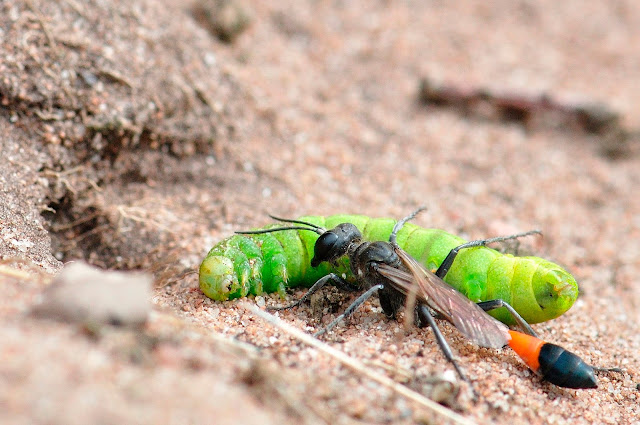Didn't think I'd be out in the garden photographing bees on Christmas day, but hey ho, down at my mother in laws with a naff camera for those indoor Christmas shots and I spotted movement outside, two bees, buff-tailed bumble bees to be precise, feeding on the Christmas Rose, Helleborus niger. Rather poor photograph but come on, bees on Christmas day what a result.
.JPG) |
| Bombus terrestris - Christmas Day 2013 Gedling Nottinghamshire . |



.JPG)
.JPG)

.JPG)

.JPG)
.JPG)





.JPG)
.JPG)

.JPG)

.JPG)
.JPG)
.JPG)
.JPG)
.JPG)
.JPG)
.JPG)
.JPG)
.JPG)
.JPG)
.JPG)




.JPG)
.JPG)


.JPG)
.JPG)

.JPG)
.JPG)


.JPG)


